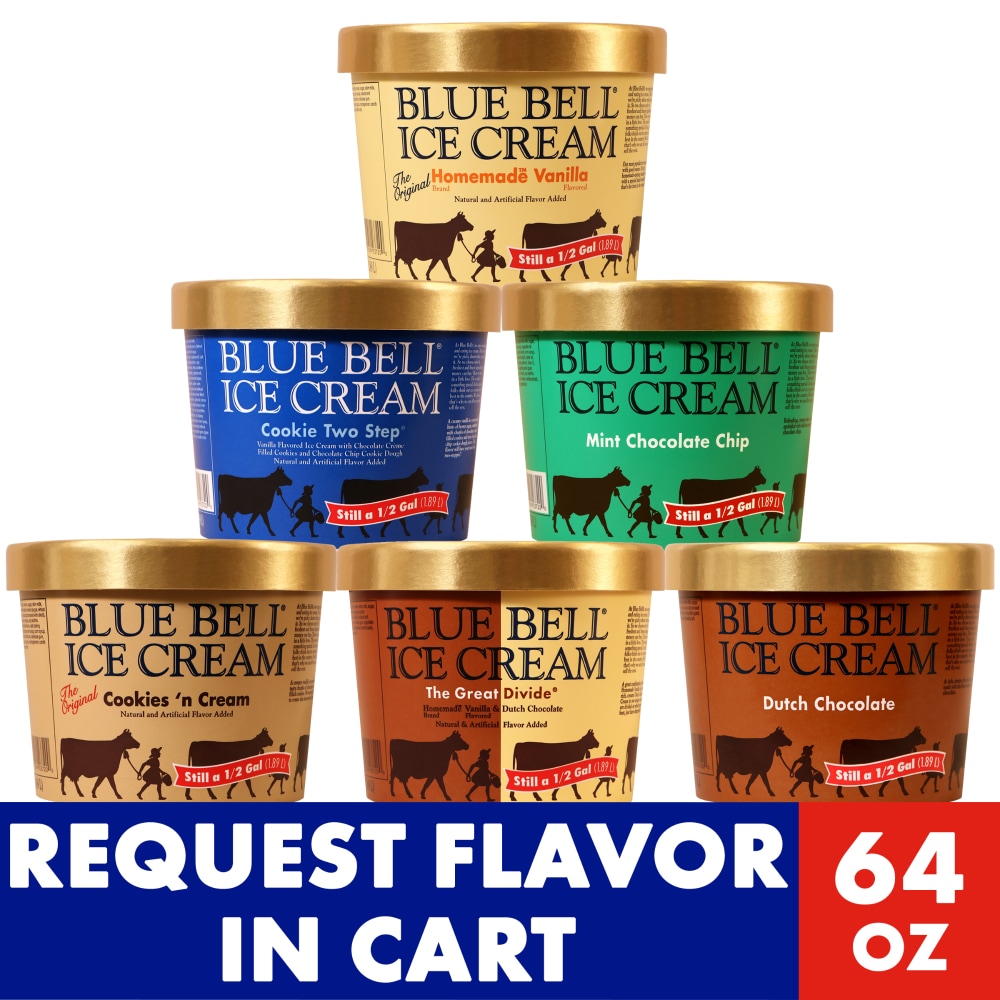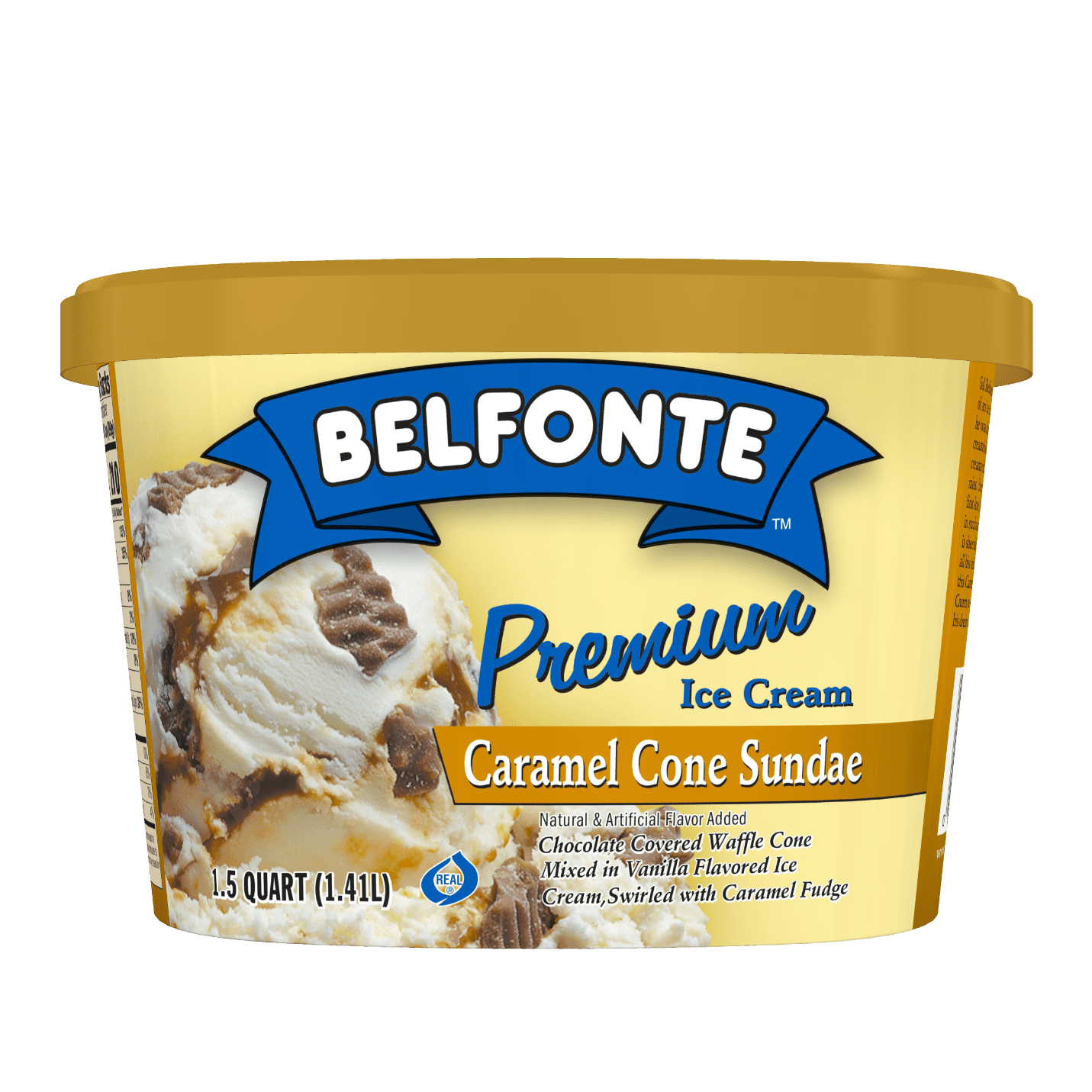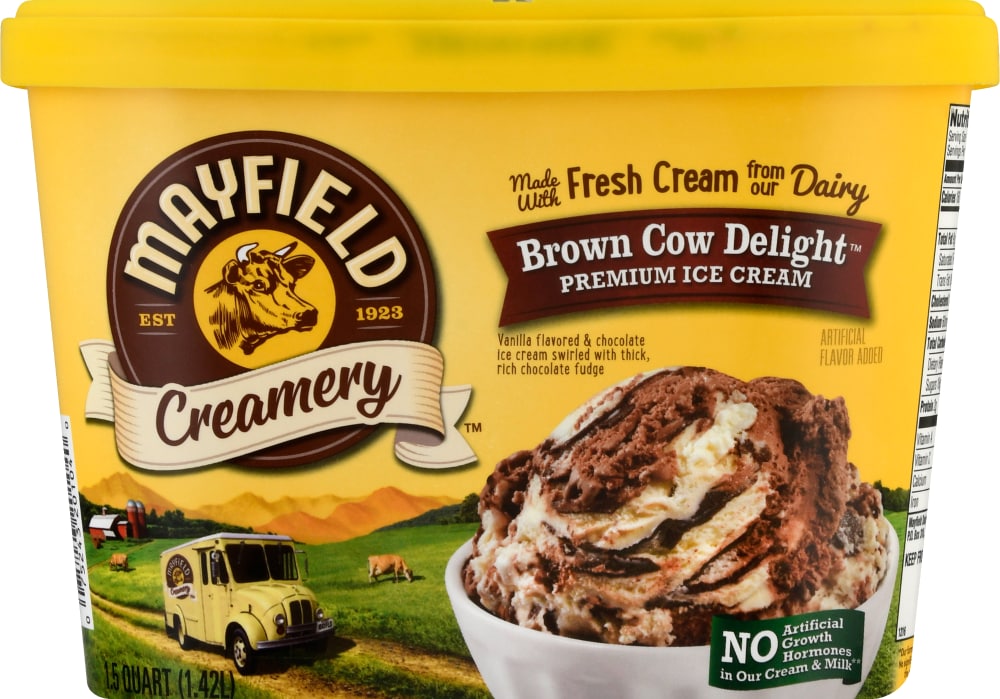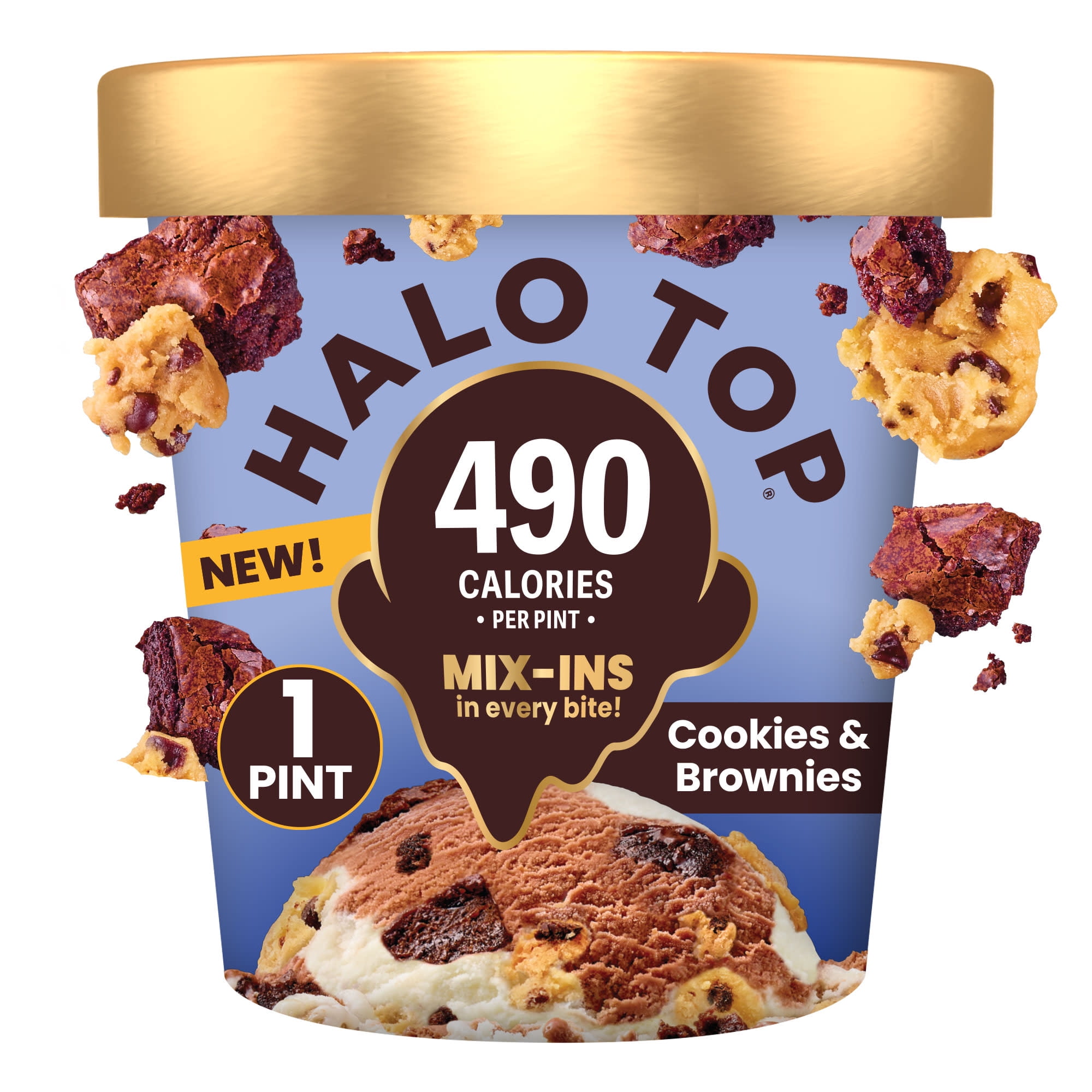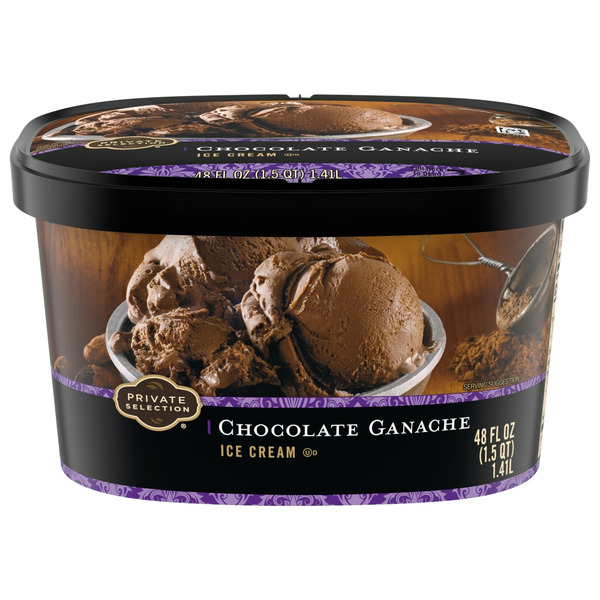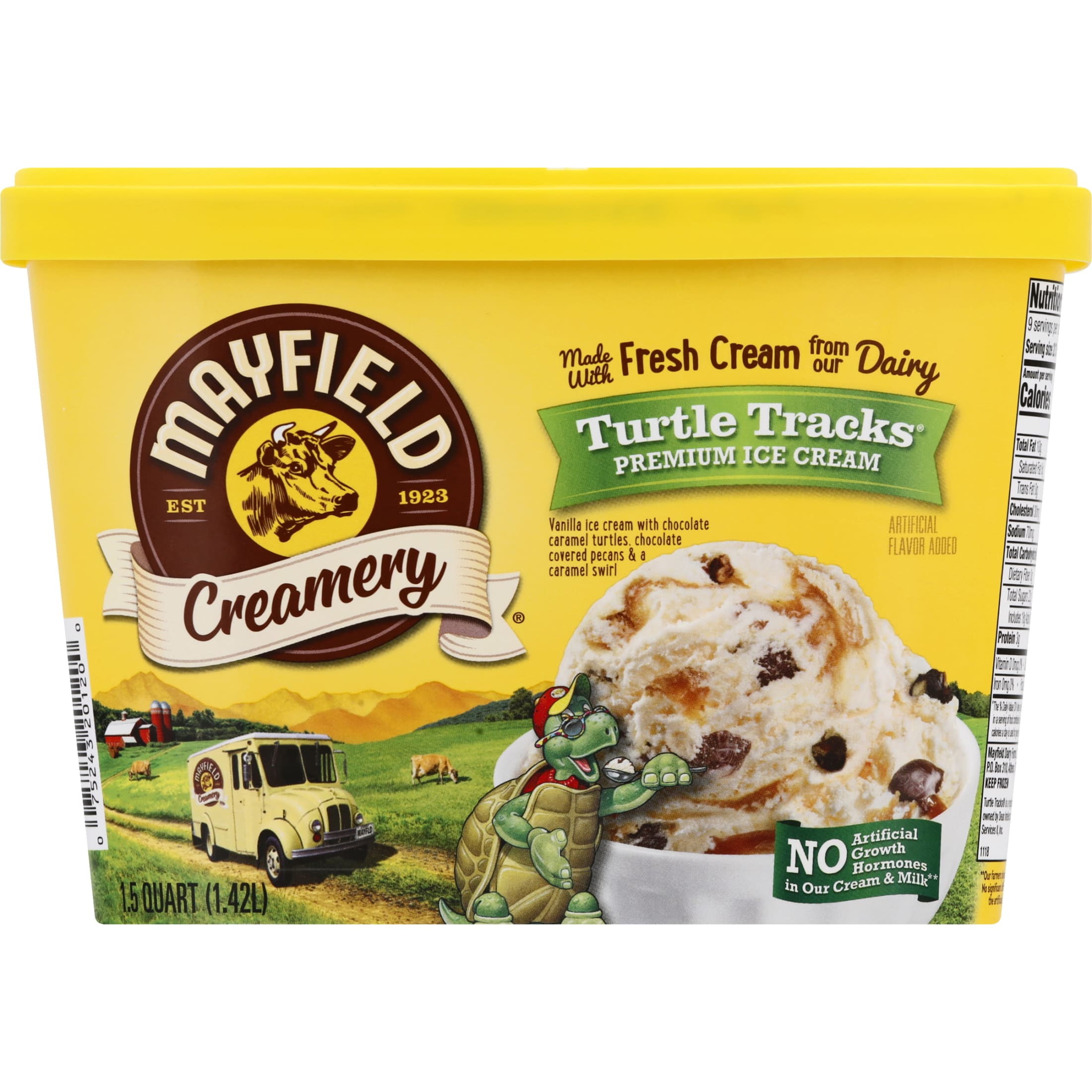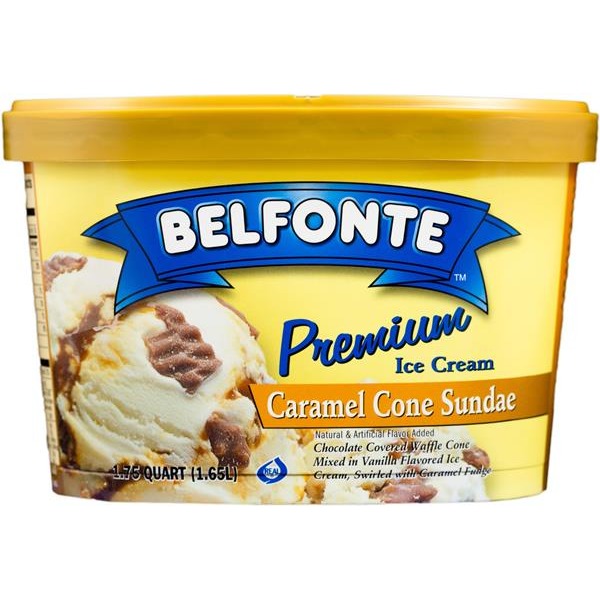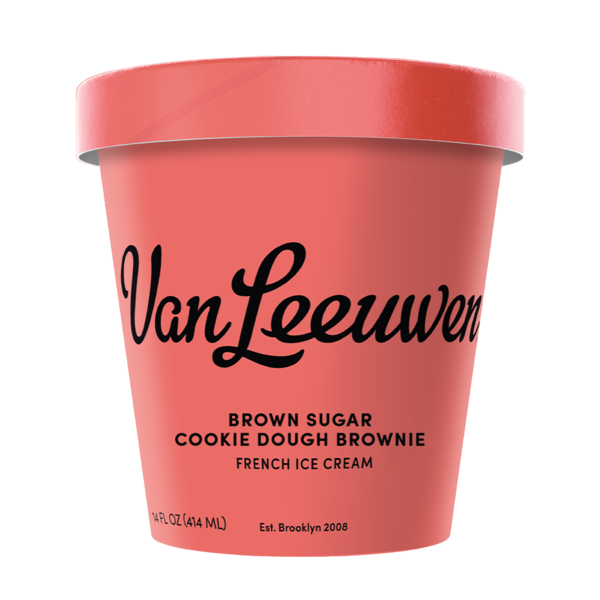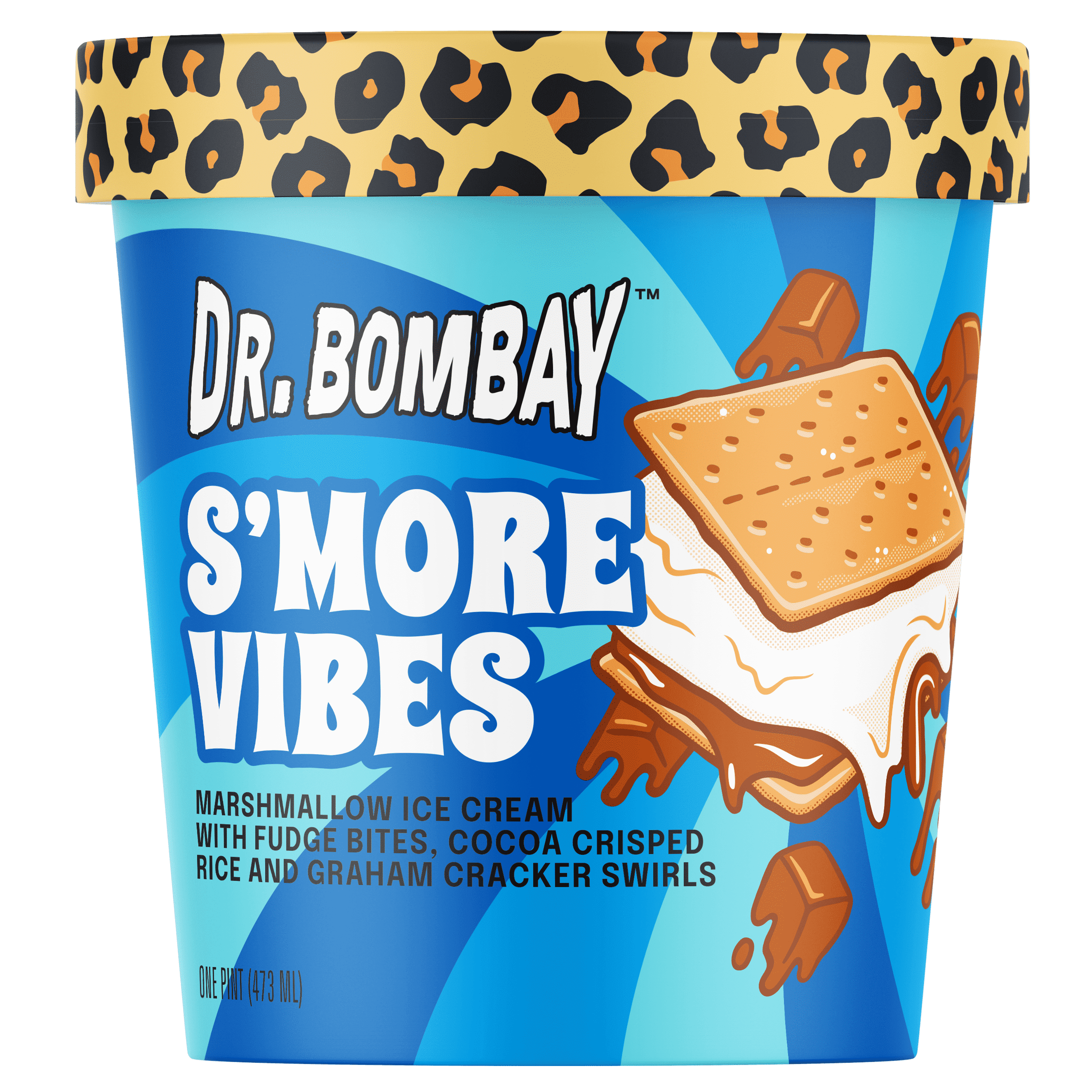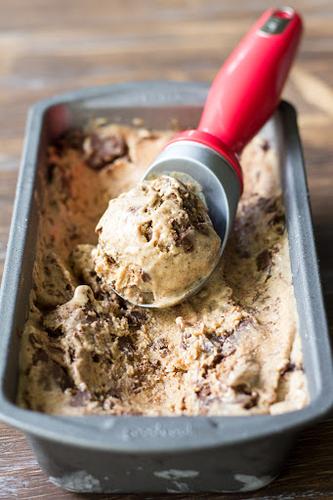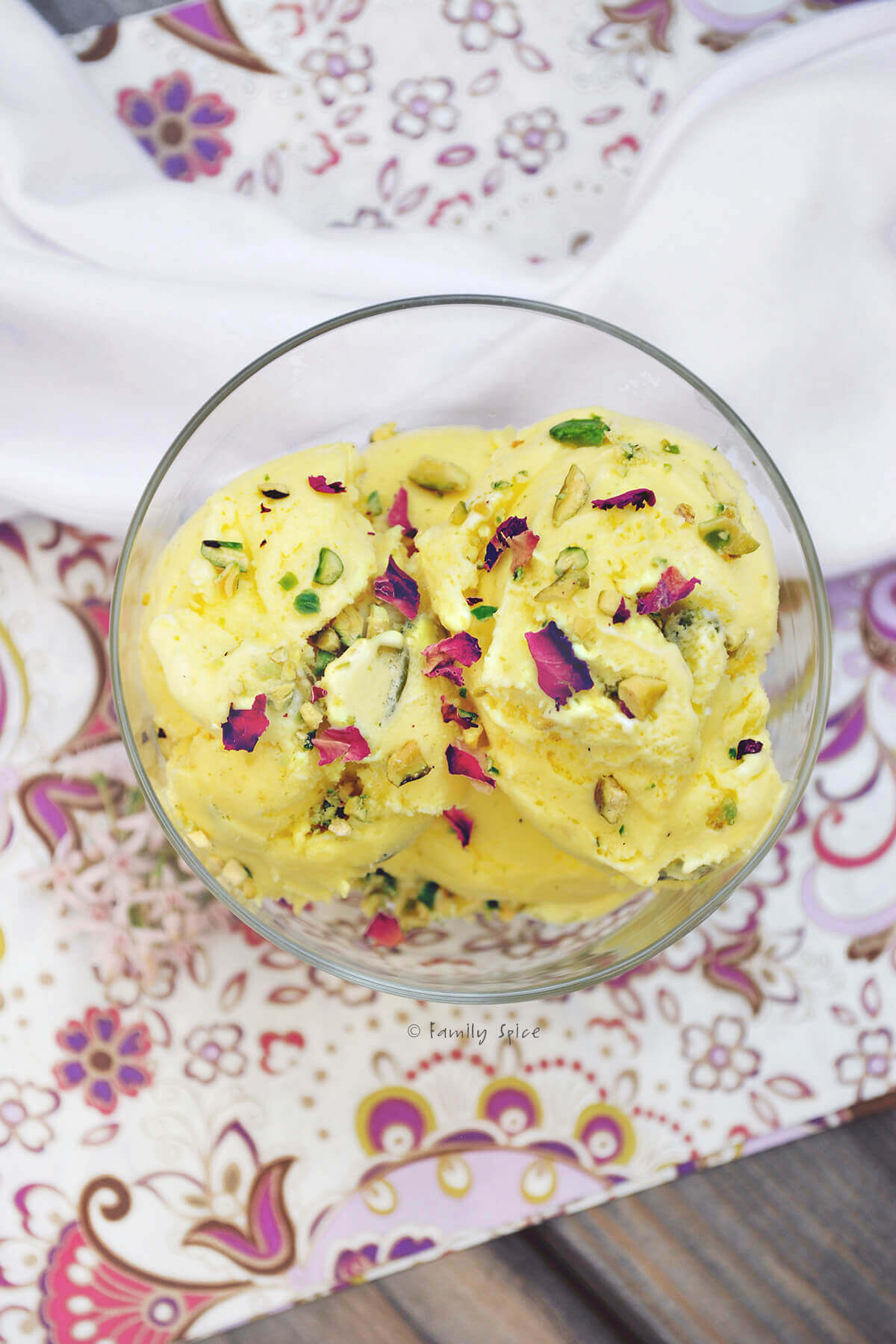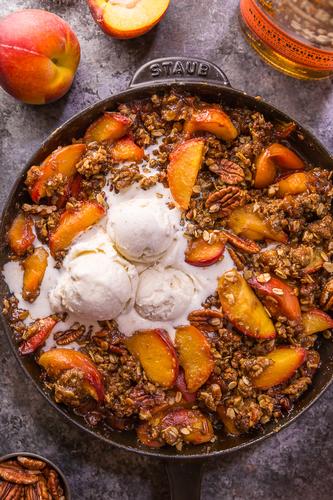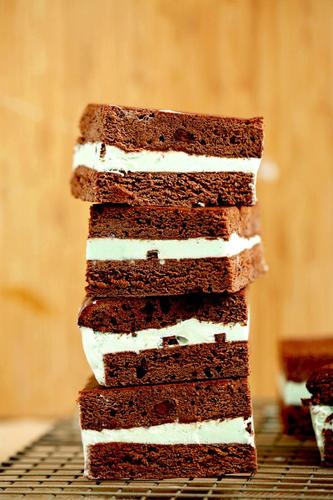DESSERTS
Ice Cream
Ice cream is a popular frozen dessert typically made from a blend of dairy products, such as milk and cream, combined with sugar or sweeteners, flavorings, and often stabilizers or emulsifiers. This sweet treat originated in ancient China, before spreading to Europe and gaining prominence worldwide. It comes in numerous forms, including soft serve, gelato, and sorbet, and boasts countless flavors, from classics like chocolate, vanilla, and strawberry, to more artisanal or exotic options.
Home cooks can create their own ice cream using an ice cream maker, or with no-churn methods. The key to making a delectable homemade ice cream lies in selecting quality ingredients, such as fresh fruit, natural flavorings, or high-quality chocolate, as well as controlling the level of sweetness and desired creaminess. Experimenting with flavors, mix-ins, and textures can result in exceptional frozen treats tailored to personal preferences.
56%
CARBS
33%
FAT
10%
PROTEIN
7,217 Ice Cream Products
Blue Bell Gold Rim Ice Cream, Assorted Flavors
Belfonte Premium Ice Cream Caramel Cone Sundae
Mayfield Brown Cow Delight Vanilla Flavored and Chocolate Ice Cream Tub - 1.5 Quart
Halo Top Cookies & Chocolate Brownies Light Ice Cream, Lower Calorie Frozen Dessert Pint
Private Selection Ice Cream, Chocolate Ganache
Mayfield Dairy Farms Turtle Tracks Select ICe Cream 1.5 Quart Scround
Belfonte Ice Cream, Premium, Caramel Cone Sundae
Van Leeuwen Brown Sugar Cookie Dough Brownie French Ice Cream
Dr. Bombay S'more Vibes Ice Cream, 1 Pint
Deli Component Lafe Ice Cream Frozen Drink
5 Recipes for Ice Cream
4
Strawberry Swirl Graham Cracker No-Churn Ice Cream
4
Creamy Almond Butter Fudge Ripple Ice Cream (Vegan & Paleo)
2
Thai Rolled Ice-Cream at home using 2 ingredients
1
Almond Butter Chocolate Fudge Chunk Ice Cream {Paleo & Vegan}
6
No-Churn Persian Ice Cream with Saffron and Rose Water
Used In 19 Recipes
Ice Cream Is Frequently Used With
Ice Cream FAQ
When cooking with ice cream, people usually run into problems with incorporating it into warm dishes, pairing it with the right ingredients, or attempting to make it at home. Transforming basic ice cream into a gourmet dessert requires the right balance of flavors and textures. Homemade ice cream can be a challenge due to its tendency to form ice crystals, but the right technique and recipe can yield delicious results.
A common mistake in the making of homemade ice cream is not chilling the mixture before churning it or not churning it properly. This can lead to a coarse, icy texture. Using high-quality, fresh ingredients is crucial to achieving the best flavor. While you can make ice cream with just about any type of dairy, using a higher fat content will lead to a smoother and creamier texture. Over-churning the mixture can also lead to a grainy texture instead of smooth, creamy ice cream.
Ice cream can be leveled up by adding mix-ins or toppings. The best time to add them is the last few minutes of churning or folding them in by hand after the ice cream has churned. Over-mixing mix-ins can result in a mess. Flavors can be intensified by infusing them into the dairy before churning. Use real, excellent-quality extracts or fresh ingredients for the best flavor.
Note that the flavor of your ice cream will be somewhat muted once it’s frozen, so make your flavoring pronounced. Something that may seem too strong when the base is in liquid form will be just right when the ice cream is frozen.
Which milk should I use for making ice cream?
Why is my homemade ice cream icy?
How do I make my ice cream creamier?
Why does my ice cream taste too sweet?
Can I make ice cream without an ice cream maker?
Does homemade ice cream have to have eggs?
Can I make an ice cream with scaling milk and cream?
What is the key to a smooth and creamy homemade ice cream?
How can I prevent ice crystals in my homemade ice cream?
How can I best incorporate mix-ins into my homemade ice cream?
Expiration & Storage Tips
When does ice cream expire?
Ice cream can last for 2-4 months in the freezer if unopened but it's best to eat it within 2 months for optimal flavor and texture. Once opened, it will maintain its quality for about 1-2 months. If homemade, consume within 2 weeks for the best taste as homemade ice cream tends to lose flavor more rapidly. If your ice cream is overly crystallized or freezer burnt, consider discarding it because while it wouldn't be unsafe to consume, the quality would be considerably downgraded.
How do you tell if ice cream is bad?
Bad ice cream can be identified by a few key features. It will have a noticeable change in color or texture, it might become icy, or have visible freezer burn. Freezer burn on ice cream appears as white, waxy-looking spots. It is safe to eat freezer-burned ice cream, but it often has a taste and texture you might find unpleasant. If there's any sign of mold, then it's time to throw it away.
Tips for storing ice cream to extend shelf life
• Always keep ice cream in the freezer when not using, and make sure your freezer is set to a temperature below 0°F (-18°C).
• Always keep your ice cream container sealed tightly when storing. Consider adding a layer of plastic wrap or wax paper over the ice cream surface in the container before putting the lid on. This will help reduce air exposure and deter freezer burn.
• Store the ice cream at the back of your freezer rather than in the door to keep it at a consistent temperature.
• If you have softened the ice cream outside of the freezer, do not refreeze it once it has melted drastically - this can lead to a grainy texture and loss of quality.
• If storing homemade ice cream, choose a shallow, airtight container for best results. Smaller containers will freeze the ice cream more quickly, preventing the formation of large ice crystals and improving the final texture.
EXPIRES WITHIN
4 - 6
MONTHS
Equivalents

Brownie Ice Cream
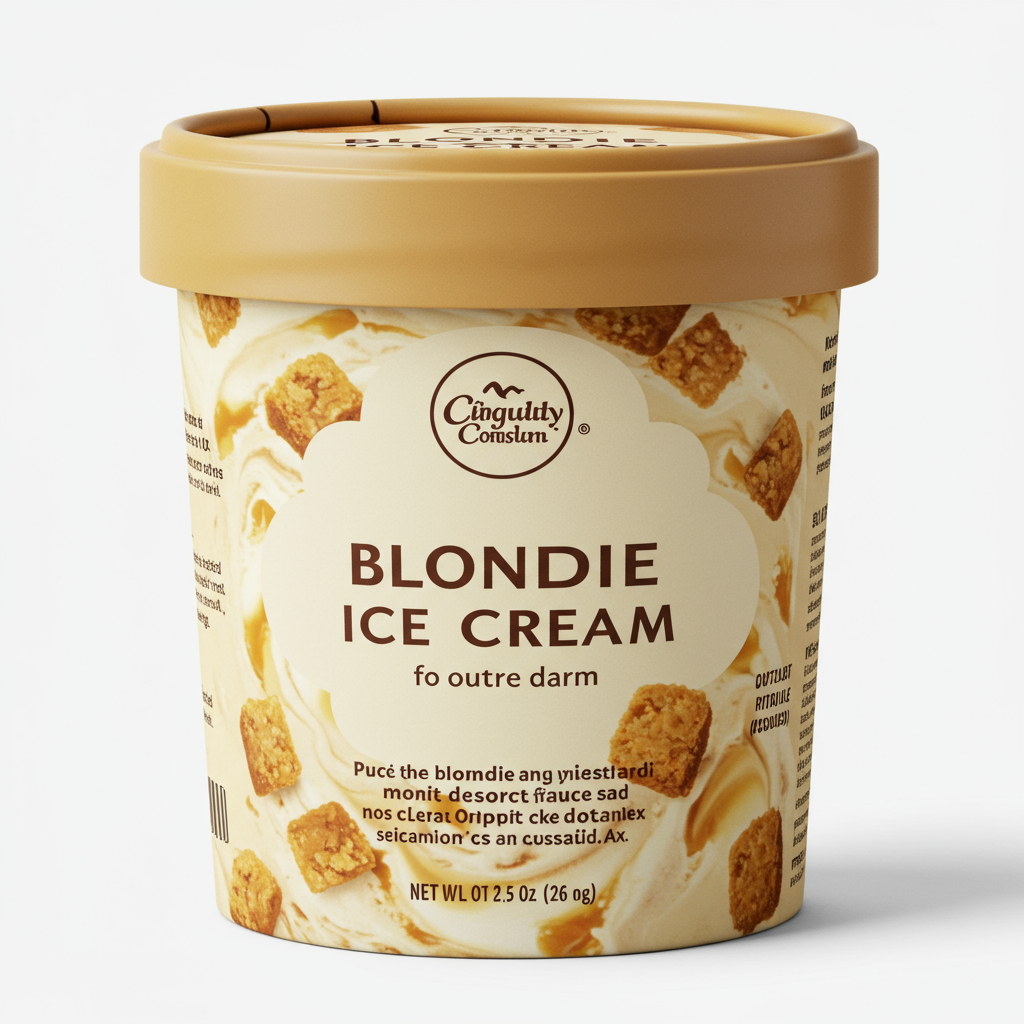
Blondie Ice Cream

Bourbon Ice Cream

Chocolate Peanut Caramel Ice Cream

Dairy Free Ice Cream

Lactose Free Caramel Ice Cream

Lactose Free Chocolate Ice Cream

Lactose Free Chocolate Peanut Butter Ice Cream

Lactose Free Cookie Dough Ice Cream

Lactose Free Cookies & Cream Ice Cream

Lactose Free Mint Chocolate Ice Cream

Lactose Free Vanilla Ice Cream

Light Berry Ice Cream

Light Birthday Cake Ice Cream

Light Brownie Caramel Ice Cream

Light Brownie Ice Cream

Light Caramel Ice Cream

Light Cherry Chocolate Ice Cream

Light Chocolate Cake Ice Cream

Light Chocolate Chip Ice Cream

Light Chocolate Ice Cream

Light Chocolate Peanut Butter Ice Cream

Light Chocolate Peanut Caramel Ice Cream

Light Coffee Chocolate Ice Cream

Light Cookie Dough Brownie Ice Cream

Light Cookies & Cream Ice Cream

Peanut Butter Pretzel Ice Cream

Pecan Ice Cream

Peppermint Ice Cream

Pineapple Coconut Ice Cream

Rainbow Ice Cream

Apple Ice Cream
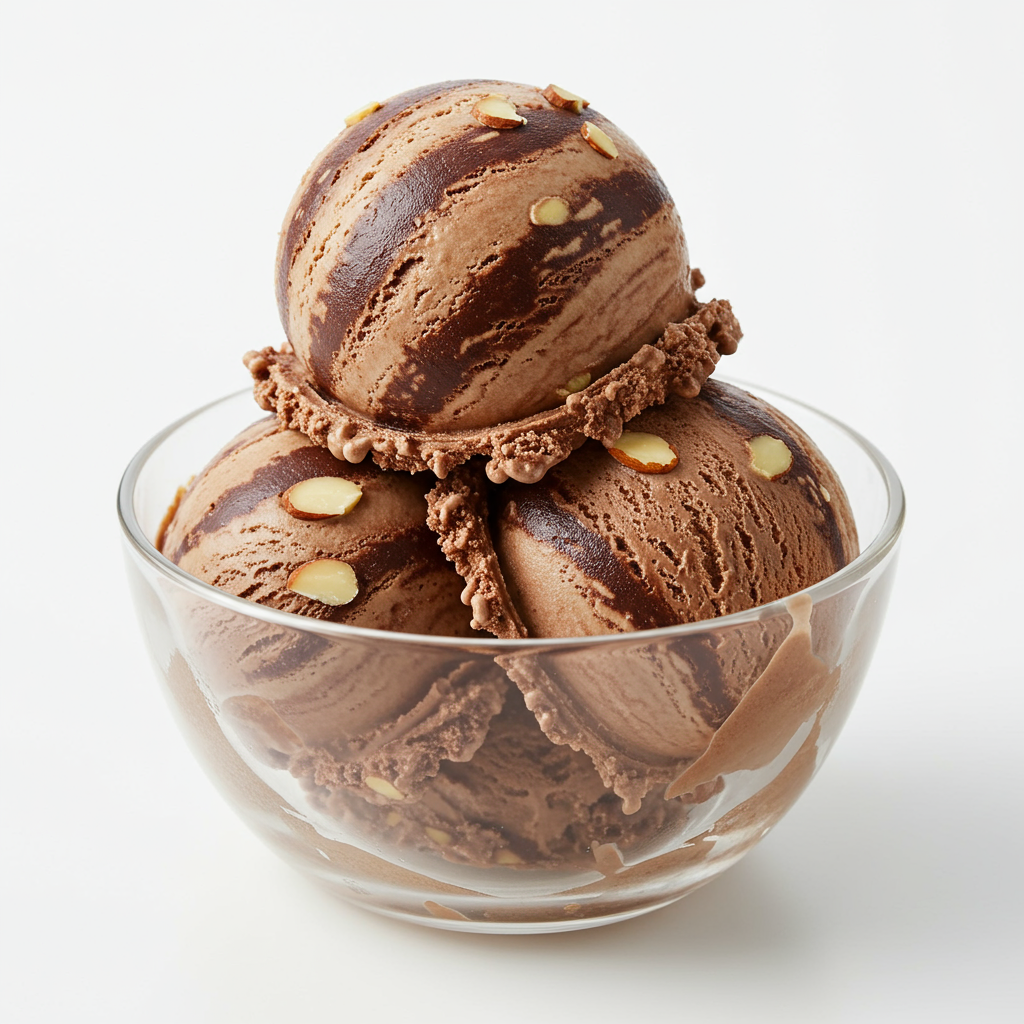
Coffee Almond Chocolate Ice Cream

Coffee Chocolate Ice Cream

Coffee Dairy Free Ice Cream
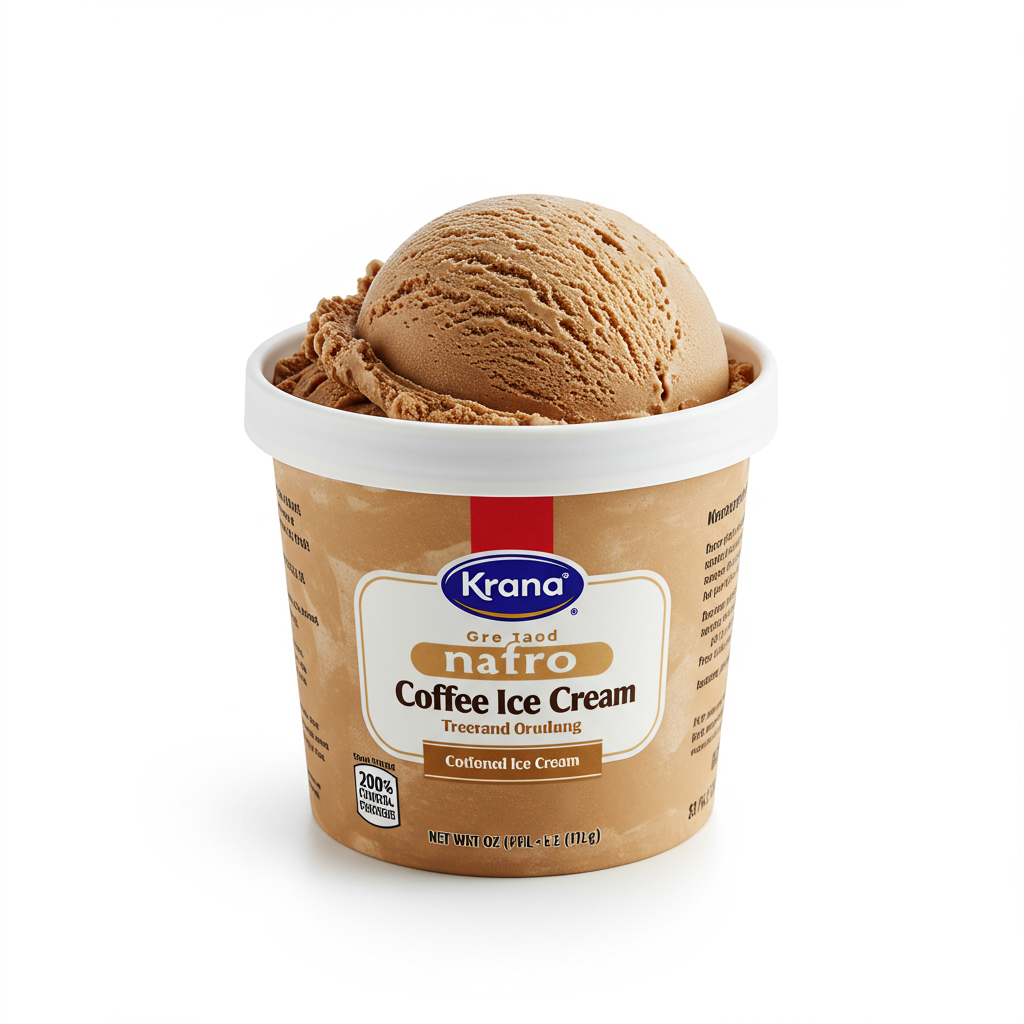
Coffee Ice Cream

Cookie Coffee Ice Cream

Cookie Dairy Free Ice Cream
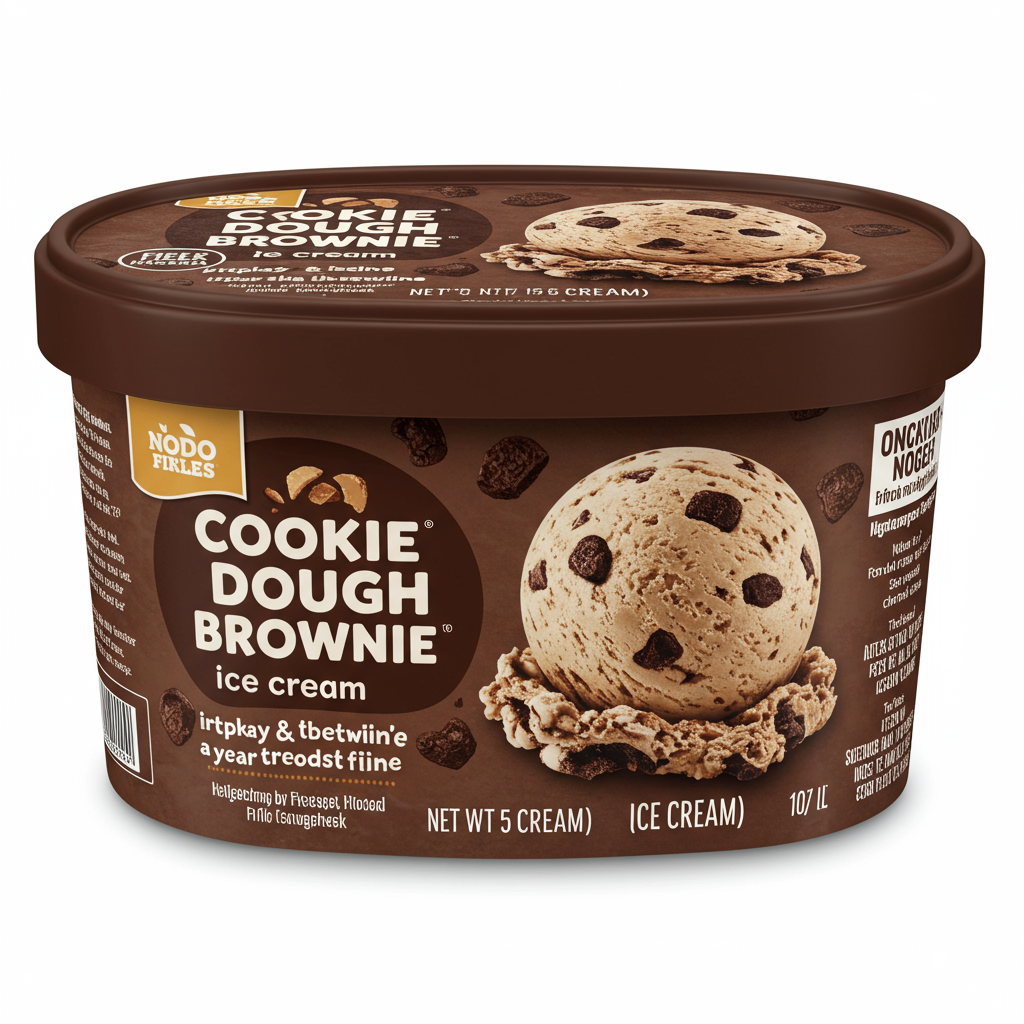
Cookie Dough Brownie Ice Cream
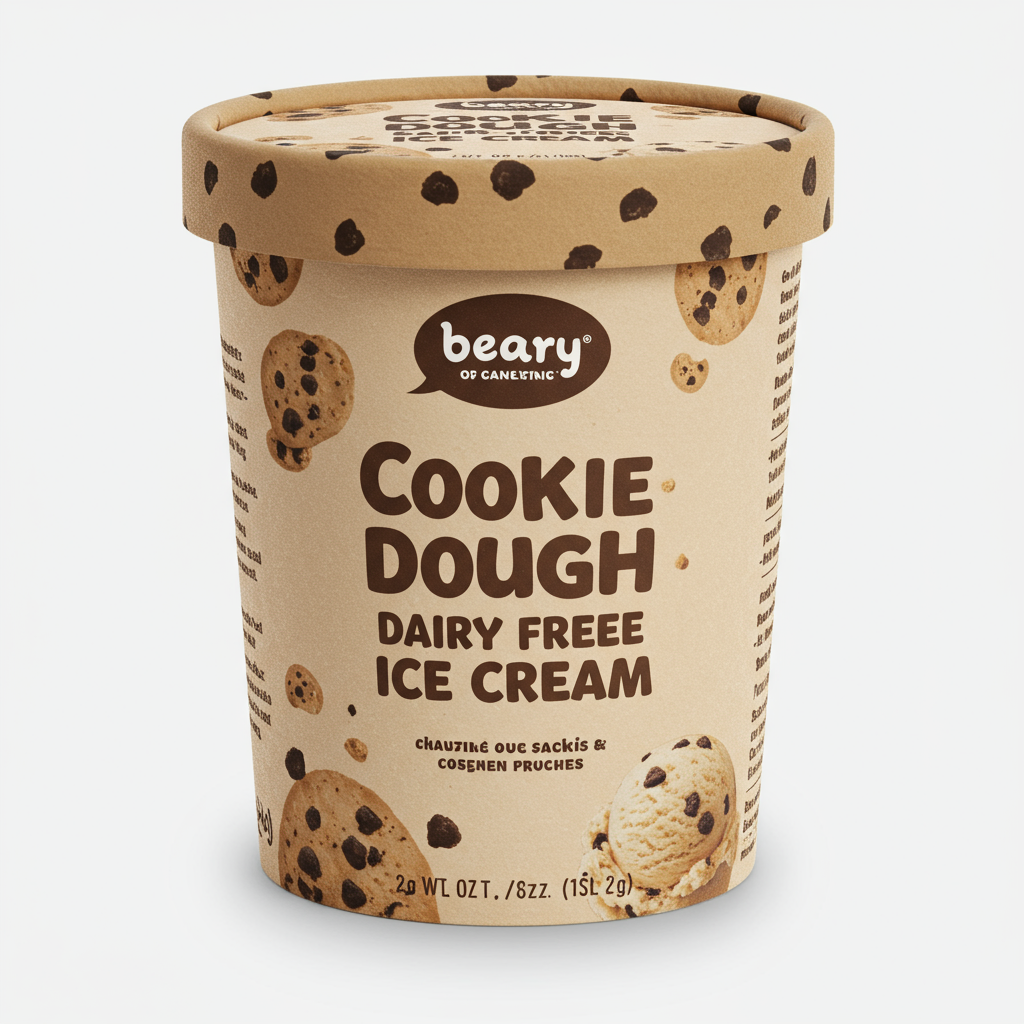
Cookie Dough Dairy Free Ice Cream

Cookie Dough Ice Cream

Cookie Ice Cream

Cookies & Cream Dairy Free Ice Cream

Cookies & Cream Ice Cream

Cornbread Ice Cream

Cotton Candy Ice Cream

Light Cookie Dough Ice Cream

Light Mango Ice Cream

Light Mint Chocolate Ice Cream

Light Peanut Butter Ice Cream

Light Pecan Ice Cream

Light Strawberry Ice Cream

Light Vanilla Ice Cream

M&m Ice Cream

Almond Ice Cream

Banana Chocolate Ice Cream

Banana Ice Cream

Banana Split Ice Cream
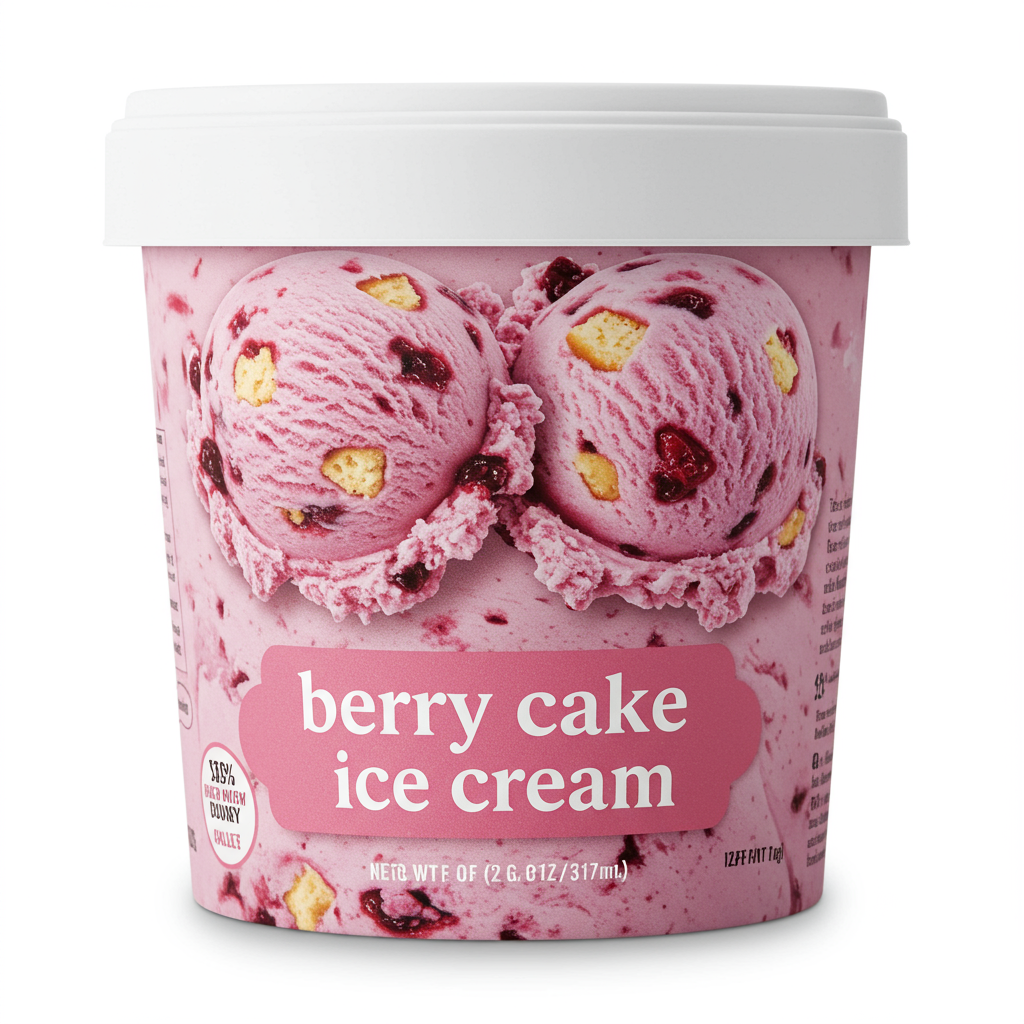
Berry Cake Ice Cream

Berry Pie Ice Cream

Birthday Cake Ice Cream
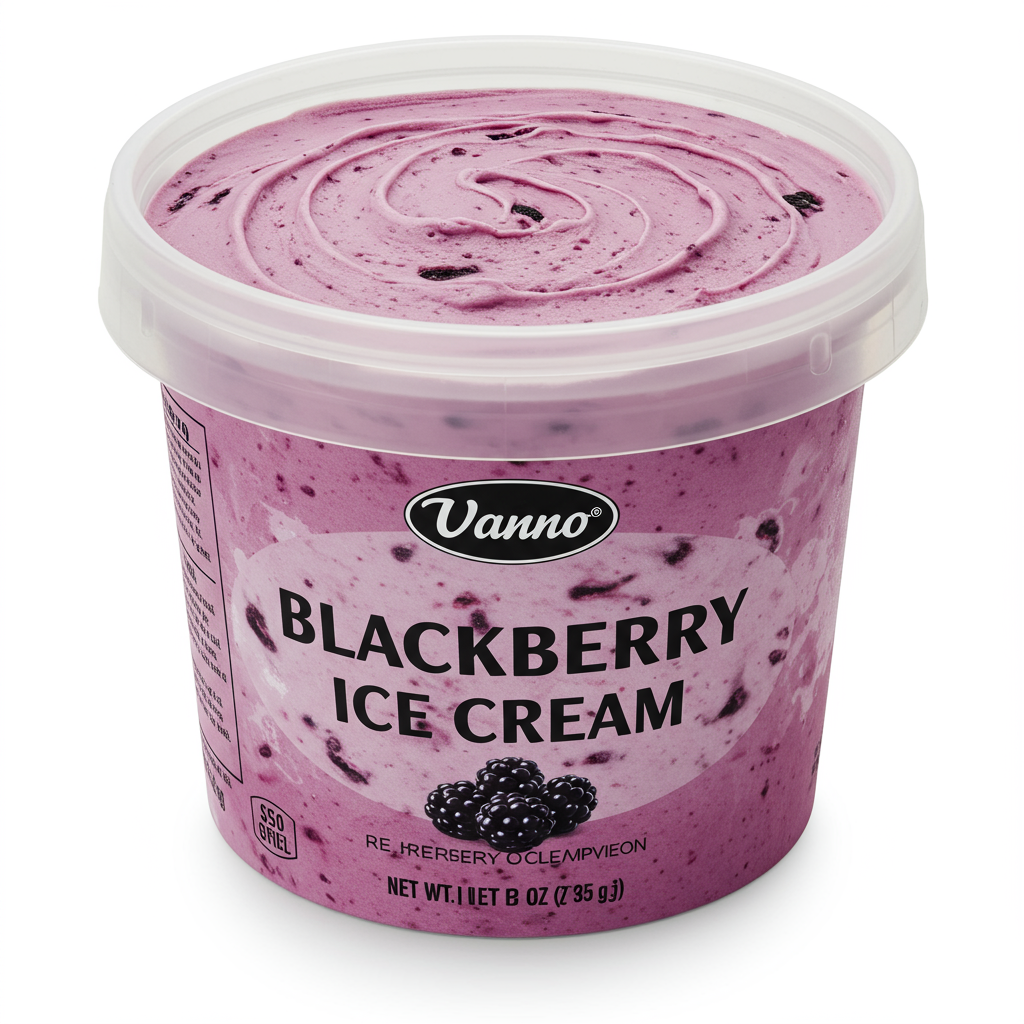
Blackberry Ice Cream

Boston Cream Pie Ice Cream
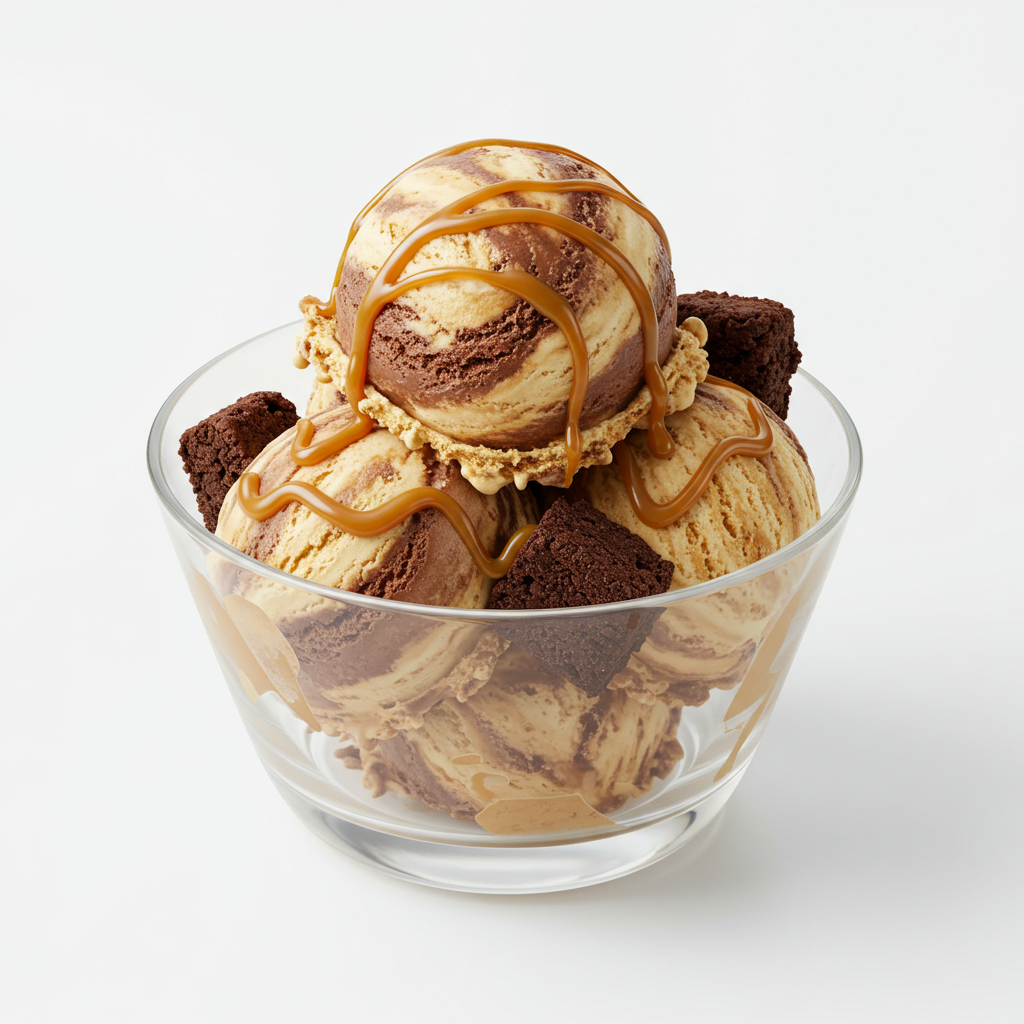
Brownie Caramel Ice Cream

Bubblegum Ice Cream

Cake Flavored Ice Cream

Butter Pecan Ice Cream

Butterscotch Ice Cream

Caramel Chocolate Cheesecake Ice Cream

Caramel Chocolate Ice Cream

Caramel Cookie Dough Ice Cream

Caramel Ice Cream

Caramel Peanut Butter Ice Cream

Cheesecake Ice Cream

Cherry Ice Cream

Chocolate Almond Ice Cream

Chocolate Cake Ice Cream

Chocolate Cherry Ice Cream

Chocolate Chip Ice Cream

Chocolate Cookie Dough Ice Cream

Chocolate Hazelnut Ice Cream

Chocolate Ice Cream

Chocolate Marshmallow Ice Cream

Chocolate Peanut Butter Ice Cream

Chocolate Pretzel Ice Cream

Chocolate Raspberry Ice Cream

Chocolate Strawberry Ice Cream

Chocolate Vanilla Ice Cream

Churro Ice Cream

Cinnamon Ice Cream

Cinnamon Roll Ice Cream

Coconut Ice Cream

Creme Brulee Ice Cream

Dark Chocolate Ice Cream

Walnut Ice Cream

Tea Ice Cream

Eggnog Ice Cream

Chocolate Nut Ice Cream

Green Tea Ice Cream

Honey Ice Cream

Huckleberry Ice Cream
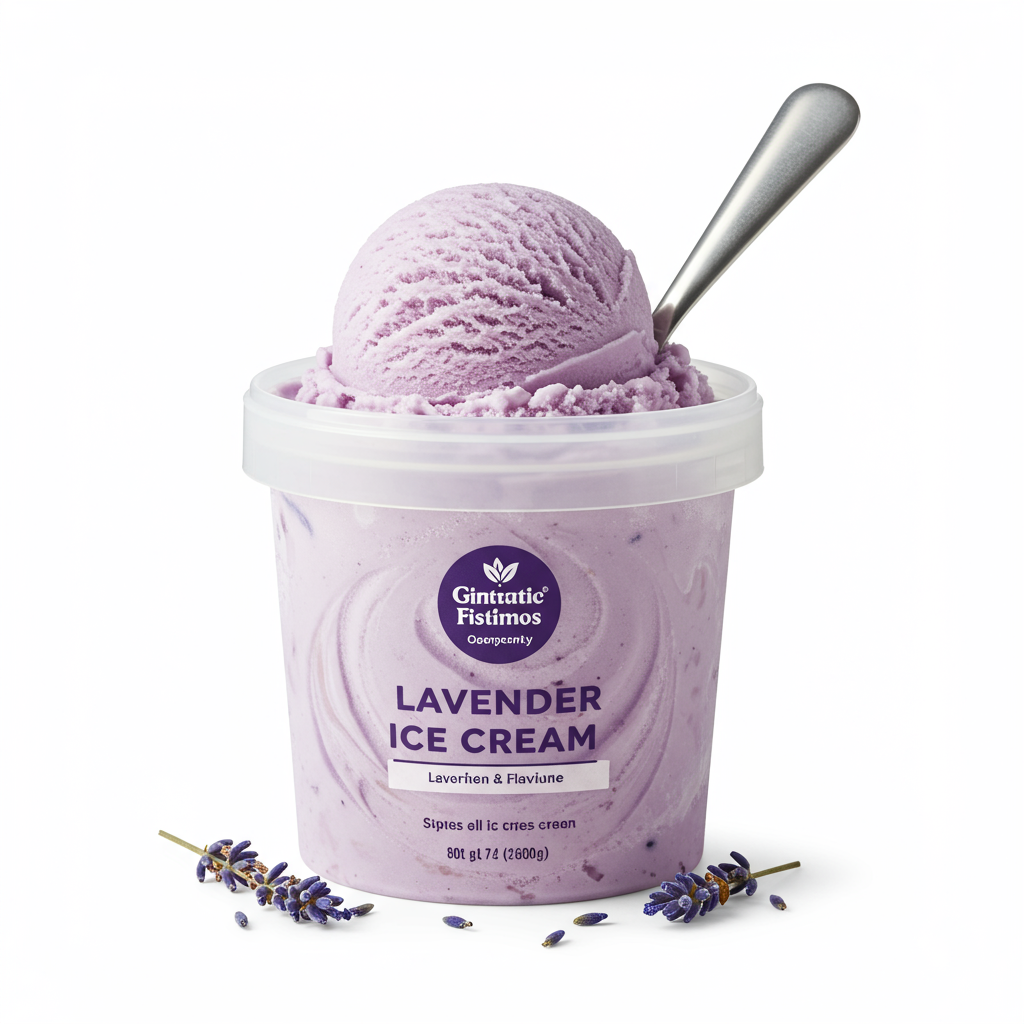
Lavender Ice Cream

Lemon Ice Cream

Malt Ice Cream

Mango Ice Cream

Maple Ice Cream

Mint Chocolate Ice Cream

Mixed Berry Ice Cream

Moose Tracks Ice Cream

Mudslide Ice Cream

Neapolitan Ice Cream

Orange Vanilla Ice Cream

Peach Ice Cream

Peanut Butter Cup Ice Cream

Peanut Butter Ice Cream

Pistachio Ice Cream

Pumpkin Pie Ice Cream

Berry Cheesecake Ice Cream

Raspberry Ice Cream

Raspberry White Chocolate Ice Cream

Rocky Road Ice Cream

Root Beer Float Ice Cream

Rum Raisin Ice Cream

Smores Ice Cream

Almond Coconut Ice Cream

Strawberry Cheesecake Ice Cream

Strawberry Ice Cream

Tiramisu Ice Cream

Toffee Ice Cream
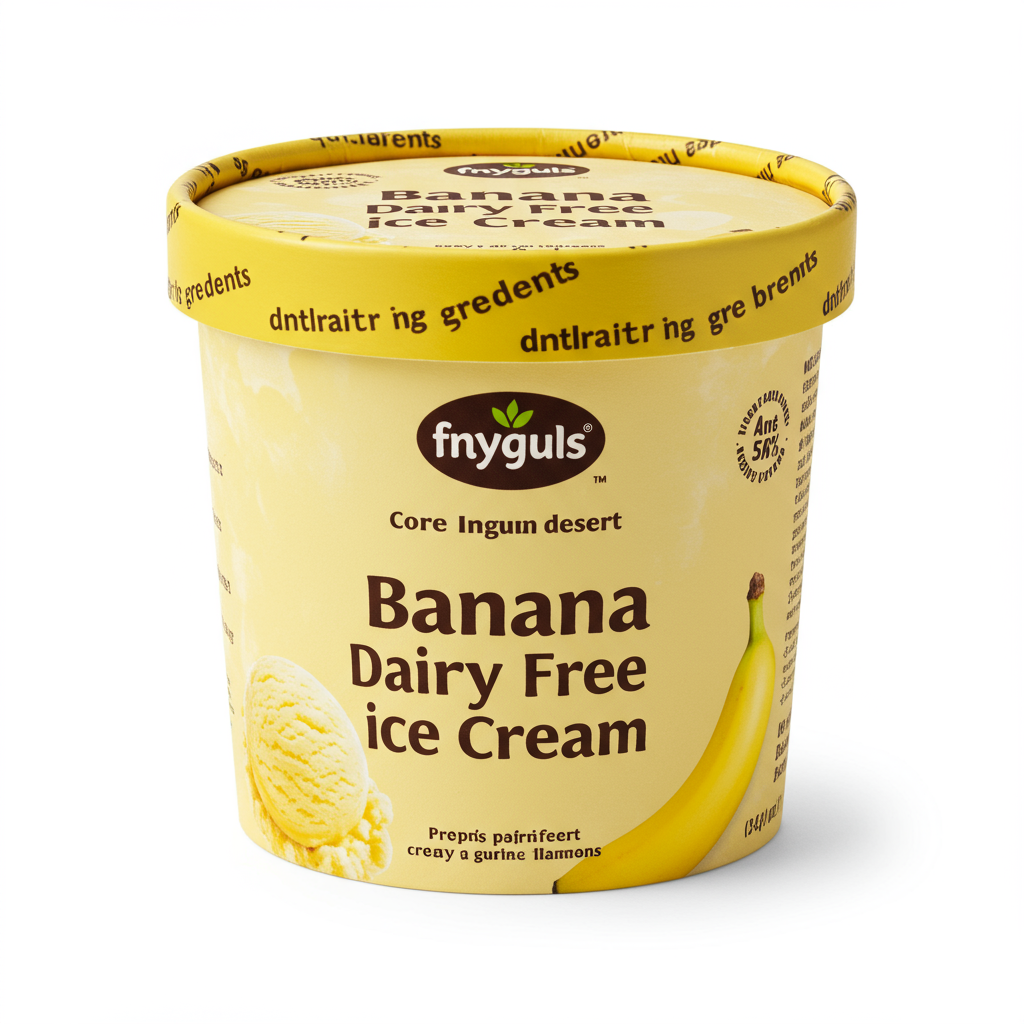
Banana Dairy Free Ice Cream

Vanilla Fudge Ice Cream

Vanilla Ice Cream

Waffle Cone Ice Cream

Berry Dairy Free Ice Cream

Brownie Dairy Free Ice Cream

Butter Pecan Dairy Free Ice Cream

Caramel Chocolate Dairy Free Ice Cream

Caramel Dairy Free Ice Cream

Cherry Dairy Free Ice Cream

Chocolate Dairy Free Ice Cream

Chocolate Peanut Butter Dairy Free Ice Cream

Cinnamon Dairy Free Ice Cream

Dark Chocolate Dairy Free Ice Cream

Lemon Dairy Free Ice Cream

Mint Chocolate Dairy Free Ice Cream

Peanut Butter Dairy Free Ice Cream

Strawberry Dairy Free Ice Cream

Vanilla Dairy Free Ice Cream
Substitutes

Chocolate Gelato
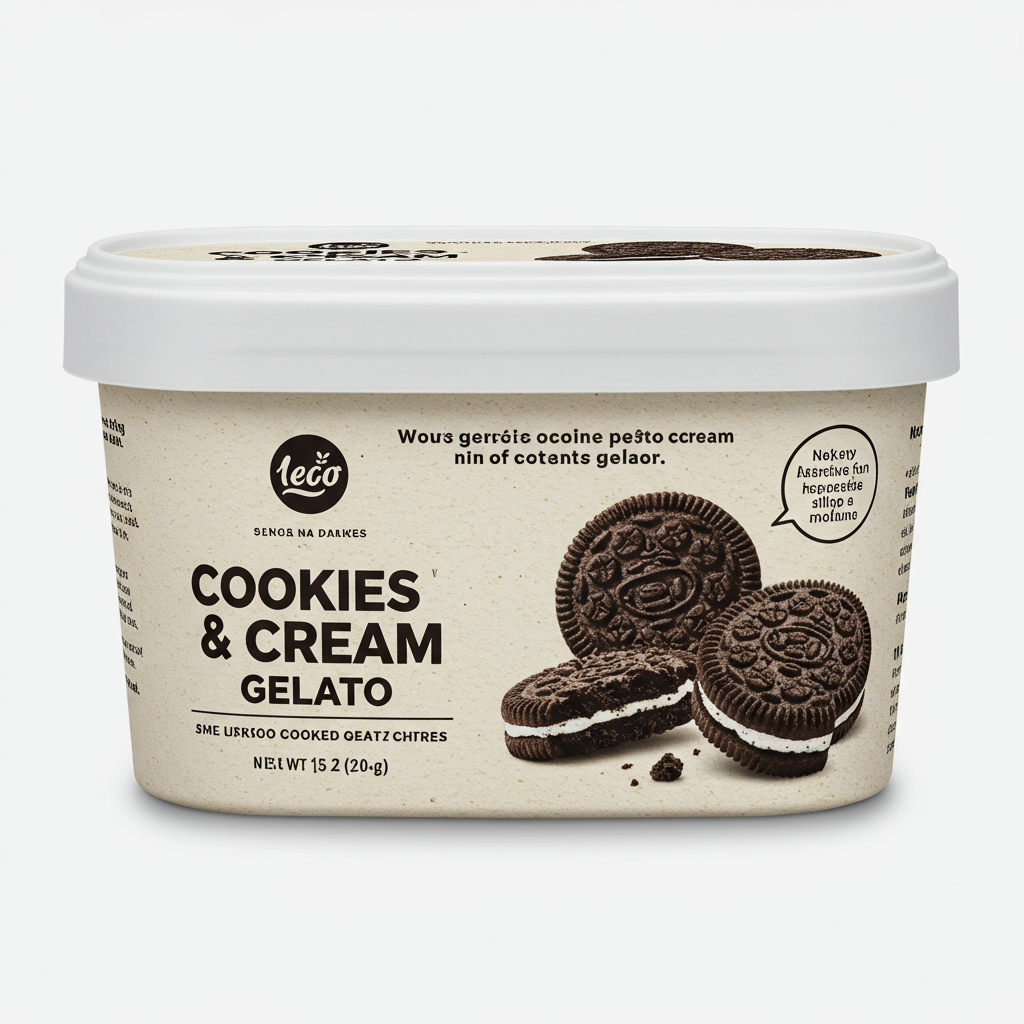
Cookies & Cream Gelato
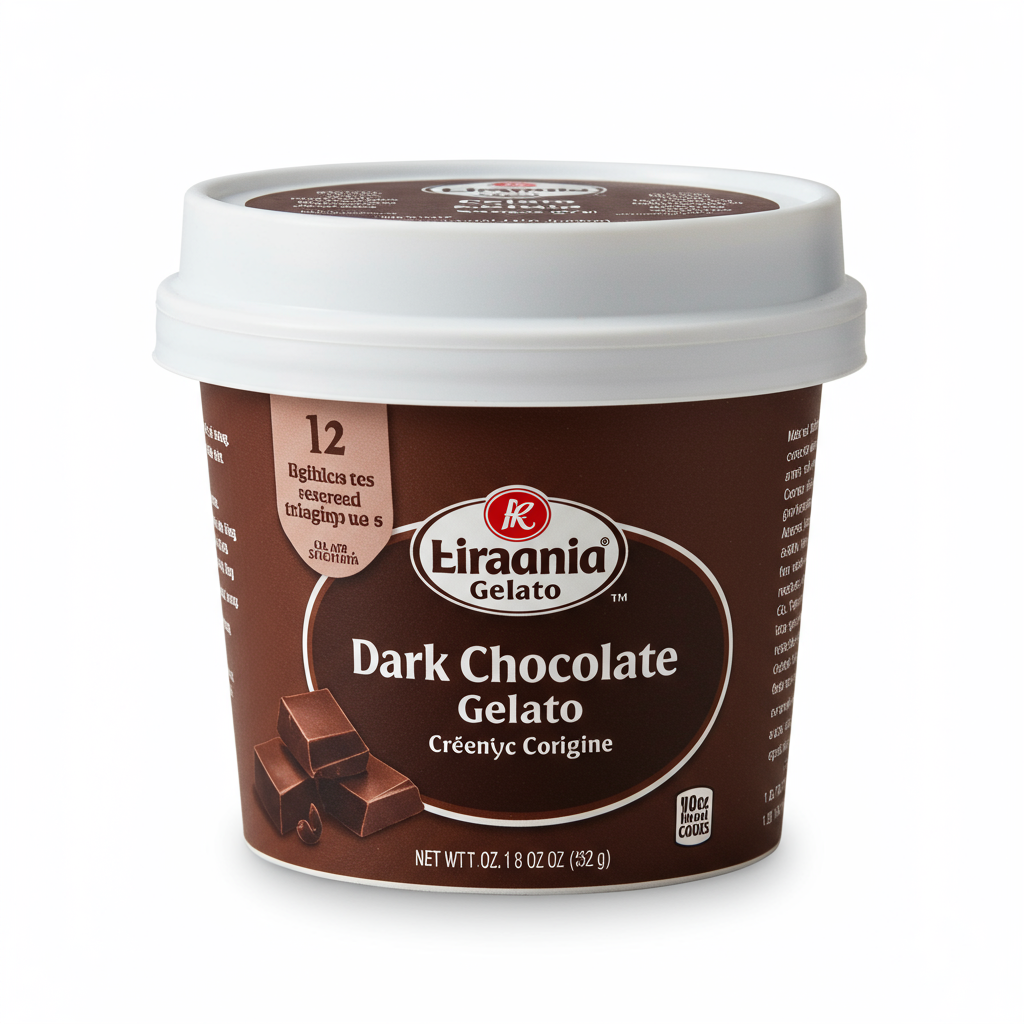
Dark Chocolate Gelato

Mint Chocolate Gelato

Mint Gelato

Pistachio Gelato
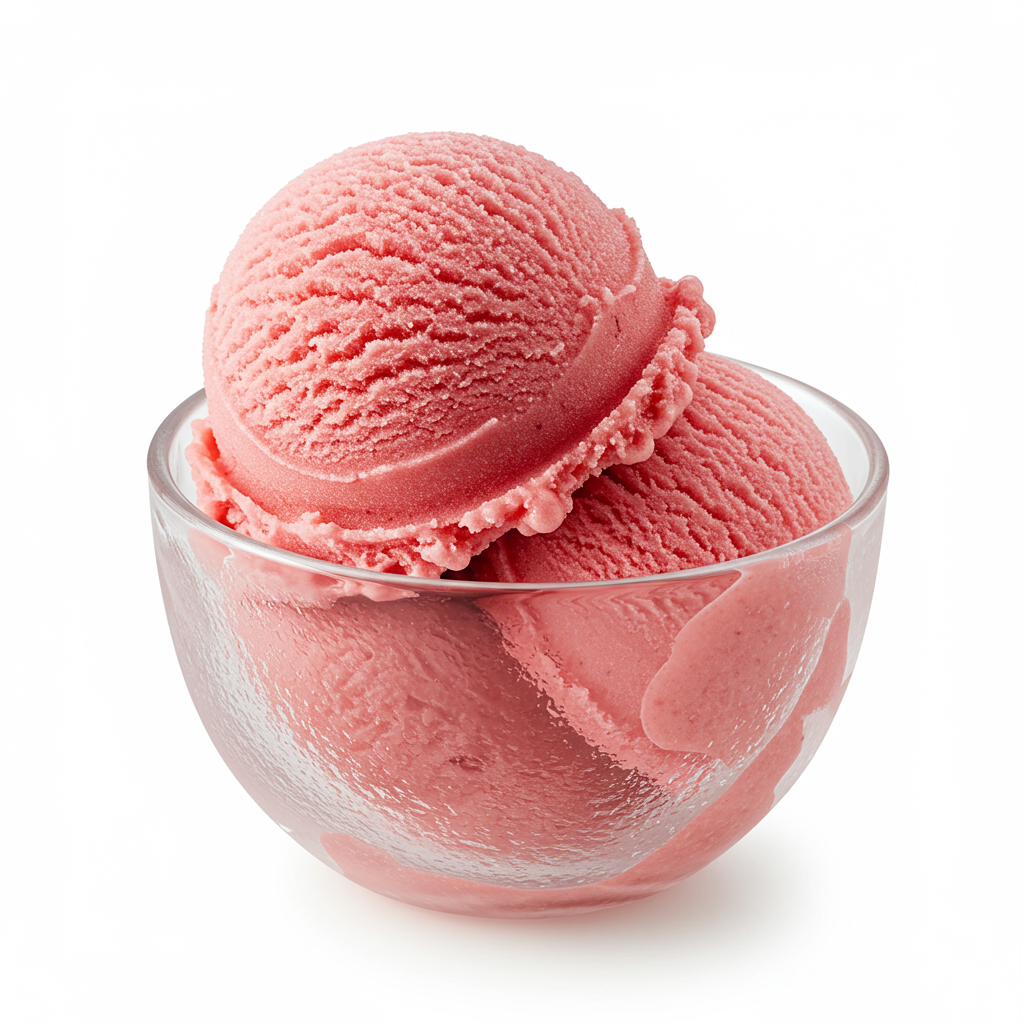
Strawberry Gelato

Vanilla Gelato

Lime Sherbet

Pineapple Sherbet
See All
Health Info
Macros
13g
CARBS
7g
FAT
2g
PROTEIN
Allowed on these diets
LOW FAT
HIGH CALCIUM
VEGETARIAN
GLUTEN FREE
Contains these allergens
MILK

